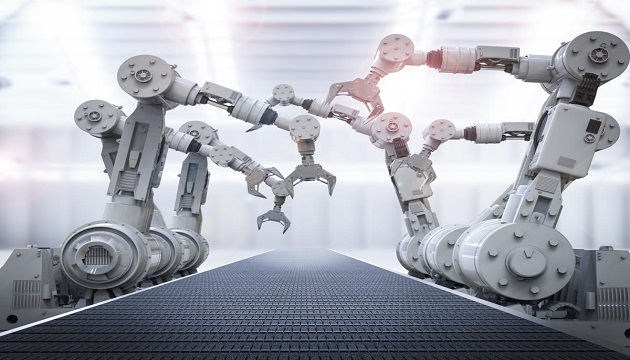“Disruption is coming to our streets and cities” says Pierre Cambou, Principal analyst, Imaging, at Yole Développement (Yole). “Mobility has defined the way humans have organized their society for ages and our world is currently being reimagined around a new generation of robotic vehicles. They appeared insignificant two years ago when we published our first report on the matter, today they are on the brink of changing the world as we know it”.
In this context, the market research & strategy consulting company Yole, intensively analyses the robotic mobility market and technologies and offers a comprehensive understanding of the industry in the Sensors for Robotic Mobility 2020 report. Aiming to provide a scenario for sensors within the dynamics of the robotic vehicle market, this report includes market and revenue forecasts, key technical insights and gives an in-depth understanding of the ecosystem and players.
Current means of mobility are hitting five major limitations. The first concerns the most vulnerable modality, namely that pedestrian safety is deteriorating. Second, in the major cities where people tend to live nowadays, public transportation is facing challenges in terms of efficiency and cost. Third, cars are no longer the grand solution to mobility they used to be. Congestion and cost of ownership is undermining this option. Four, air mobility is currently enjoying rapid expansion, but travel remains difficult as city to airport connections remain poor. Fifth, CO2 emissions due to all current means of mobility make urgent change vital. Regulators and customers are willing to change in both top-down and bottom-up manners.
For Pierre Cambou: “Growth rates are expected to be impressive. In 2019 production of robotic vehicles was in the range of a few thousand worldwide. We expect production volumes to reach 400k units annually, with cumulative production of 1 billion units, by 2032”.
For more information, visit www.yole.fr









